9 Top Tips for Watering Your Garden
There’s much more to watering your garden plants than turning on your hose, sprinkler or filling up a watering can.
When the sun shines and your plants are actively growing, whether creating vegetative mass and building roots or flowering, they need a ready supply of food and nutrients.
During the growing season, your plant’s need ready access to water for their natural processes and to transport minerals around their structure via capillary action. They also need good drainage and access to oxygen, with air pockets in the growing medium. Running a wet and dry cycle with your plants is a great idea to mimic natural cycles. Overwatering can lead to root rot and disease while under-watering can dry out your potting medium and damage your plants roots. And inconsistent watering can lead to issues with fruiting plants, such as blossom end rot or split fruits.
Learning Curve
Learning to water your plants more effectively is a process. Slowing down, paying attention and keeping records is a great idea. Your plants need for water and feed will vary over the course of a season. Weather, location and plant type are all factors to consider on a case by case basis.
The following nine top tips aim to guide you when you water your plants.
Watering Your Garden
1. Check the Soil Before Watering
Use your finger to tell you when the moisture level in your growing medium is low. If the surface looks dry, use your finger to check. Poke a dry finger down 1 to 2 inches and check if the soil sticks to your skin. If not, it’s probably time to water, otherwise, wait a day and try again.
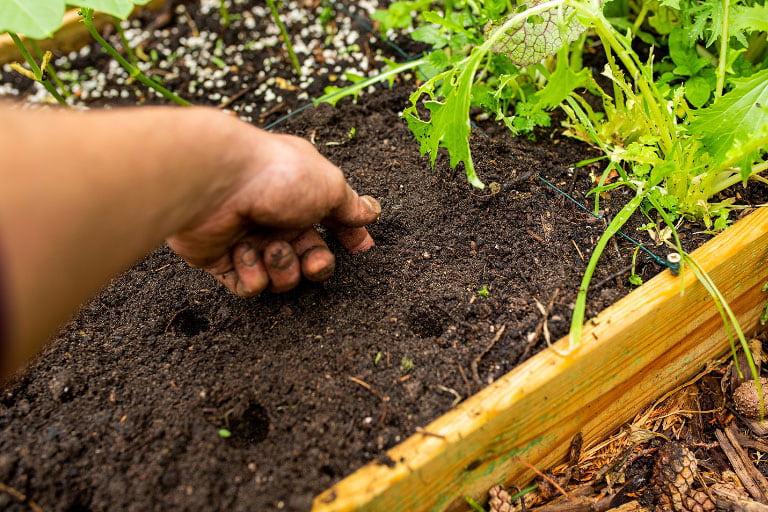
2. Water at the Roots
No matter if your plants are growing in pots, planters or in the ground, it’s better to direct water to the base of your plant rather than the leaves.
Watering the ground
If your plant is in the ground, in beds or borders, as you water, picture the roots underground. They are usually about the same width as the plant and go around half the depth of the plant. Apply water until you think the entire root ball has been thoroughly soaked.
Watering pots
If your plants are in pots, planters or bags, water the plant at the base and soak the entire medium until you achieve run off (water leaves the base of the pot etc.) and you can see the whole growing medium is covered.
3. Water Slowly
If the planting medium’s surface is very dry or baked, then water might puddle or run off.
Maybe your pots have dried out more than you intended or it’s been very hot or windy weather?
In these situations, you’ll need to wet the top few inches to allow water to be pulled through in a wicking action. It is best to apply a small amount of water to the surface with a fine rose and gradually build up to a thorough soaking. Once the top few inches are wetted, the water will absorb more readily.
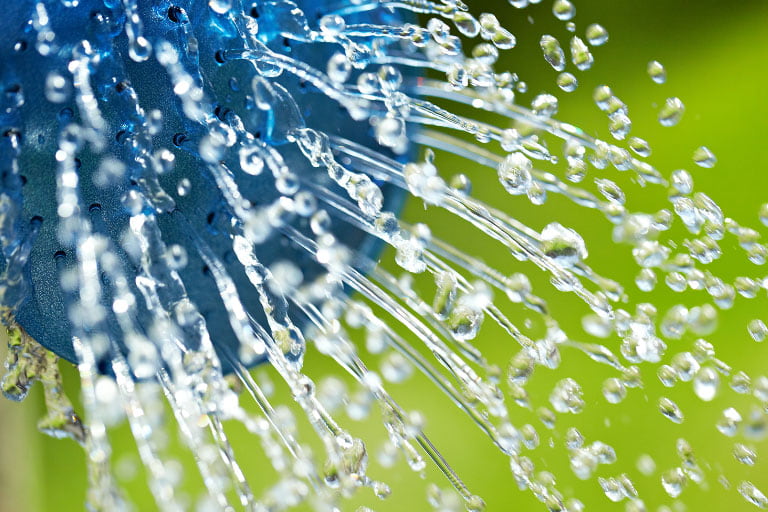
For pots, it’s usually a good idea to use a saucer, larger container or base tray that the pot and let it all sit in water for several hours until the pot feels heavier and has wicked water up through capillary action.
4. Every Drop Counts
Use a watering can, spray lance, drip irrigation or soaker hoses to direct water right to the root zone. Watering early or late in the day allows the water to soak into the medium rather than evaporate. Shielding to limit your plants exposure to direct wind also reduces moisture loss.
5. Don’t Overwater
Your plants need oxygen as well as water. Most container grown plants will benefit by letting the soil surface dry out a bit between watering. This wet & dry cycling is more important with container plants. As a general rule, it’s best to soak the container less frequently.
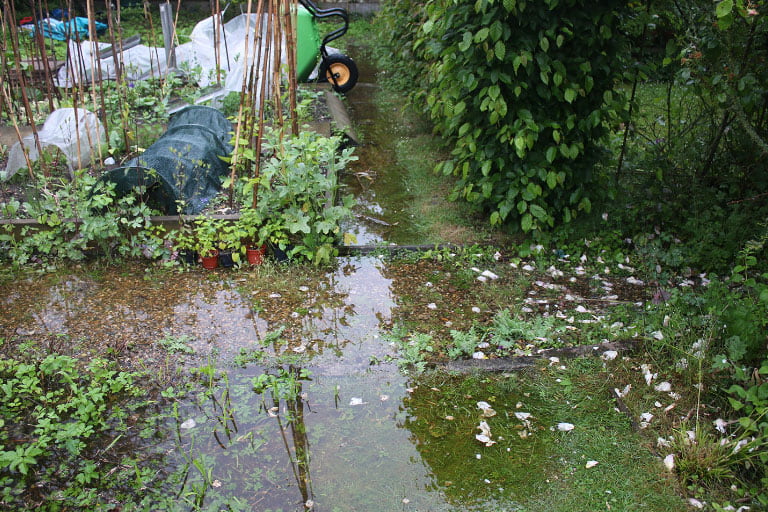
When it’s really hot, you’ll notice that some plants wilt to conserve moisture. When they do, wait to see if they recover when it cools down later in the evening, rather than watering.
6. Avoid Drought Stress
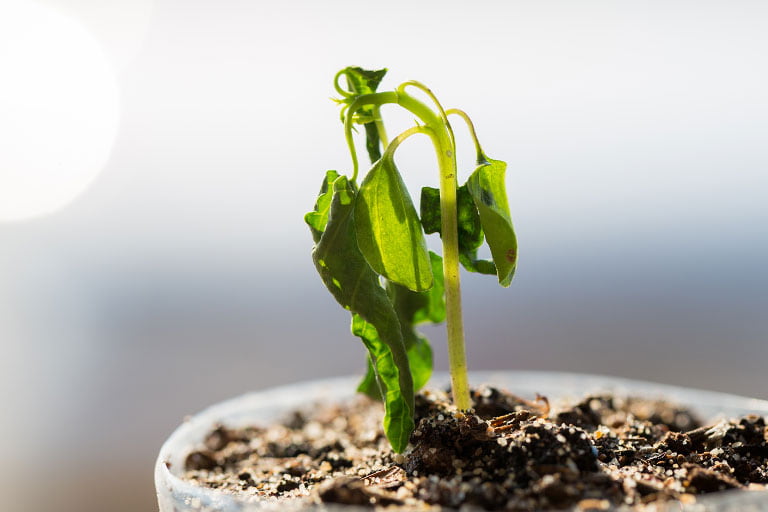
Watering your garden avoids letting the growing medium or soil dry out, it can damage or kill the fine, hair-like lateral roots. Lateral roots are responsible for absorbing most of the water and nutrients that plants require. Though these roots can regrow, it takes energy that otherwise goes into producing flowers and fruits.
Automating watering your garden with a watering system, such as AutoPot or Hozelock water timers or kits will give your plants ready access to all the water and nutrients they demand.
The Autopot systems give great results for any plants. They really shine and provide outstanding results when you grow hungry plants like tomatoes and courgettes in these systems. You do need to build a strong, robust root system before you can transplant young plants to them.
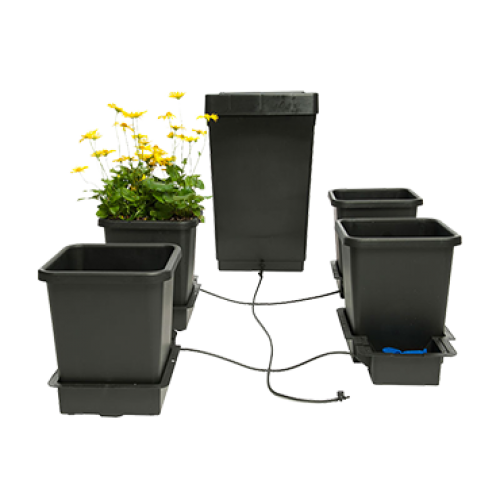
7. Use Mulch to Conserve Moisture
Covering pots in the soil with a 1-2″ layer of organic mulch such as compost, shredded leaves or bark can help reduce evaporation and minimize runoff. Don’t overdo it. A thick application of mulch can work against you by absorbing moisture and preventing it from reaching the root zone.
8. Using a Reservoir
If you use a reservoir to feed your plants in an AutoPot or other automated watering system, it is important to maintain the reservoir temperature between 18-22C. Your plants won’t like cold water being delivered to their roots. Letting the reservoir water creep much over 22C is also a bad idea.
If you can’t maintain lower temperatures, then you’ll likely need to use something like liquid oxygen to kill the disease-causing bacteria, Pythium, that thrives at warmer temperatures.
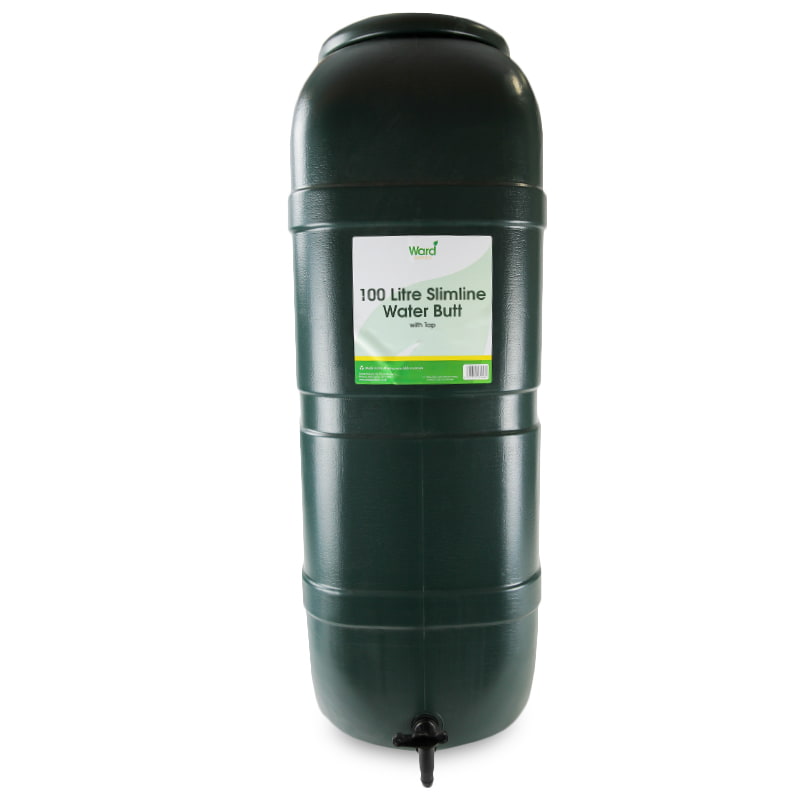
9. Using Water Gel and Water Retaining Crystals
Watering your garden usingWater gel and water retaining crystals work by absorbing several hundred times their weight in water. This is then slowly released and made available for your plants to access as the soil dries out.
These water-saving additives reduce your need to water by up to four times. This makes them a useful tool if you plan to be away for a period of time and can’t water your plants. They are great for hanging baskets, wall mangers, troughs, pots and containers.
You can even get water saving crystals with added nutrients so you give your plants the best of both worlds.
Round up
To round up watering your garden tips, if you maintain good watering and feeding cycles, your flowers, fruits and vegetables will reward you with improved displays and larger yields.
Bonus tip: If you’re time-strapped, using a continuous release general purpose fertiliser can also help you achieve improved results. These allow you to feed once and they then leach nutrients into the growing medium every time you water (or it rains, which let’s be honest, it’s going to).




